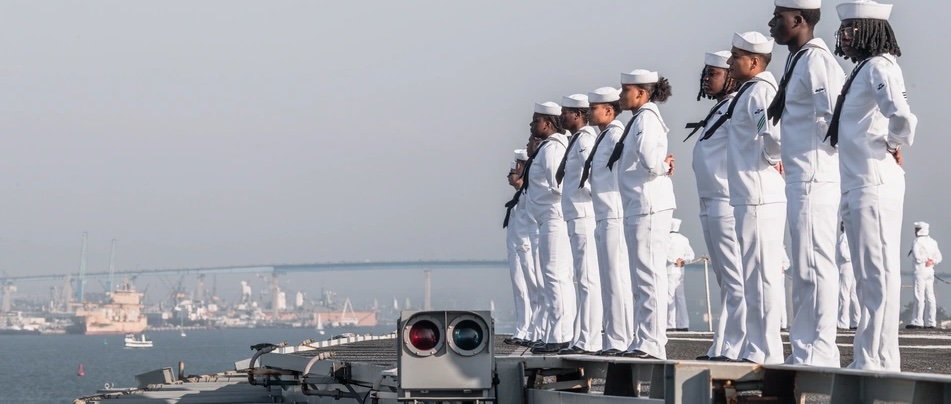Already a subscriber? Make sure to log into your account before viewing this content. You can access your account by hitting the “login” button on the top right corner. Still unable to see the content after signing in? Make sure your card on file is up-to-date.
A new congressional report has revealed that the US Navy’s 2025 shipbuilding plan to expand its fleet to 381 ships by 2054 will require significantly higher funding, with costs projected to exceed historical budgets by 46% and surpass the Navy’s own estimates by 17%.
Some shit you should know before you read: For years, top US military officials have been sounding the alarm about the urgent need to expand the Navy’s fleet, warning that China’s rapidly growing naval capabilities could soon outpace those of the United States. China already boasts the world’s largest Navy in terms of sheer numbers, with advanced shipbuilding programs enabling them to deploy new vessels at an unprecedented rate. Meanwhile, US shipbuilding has been plagued by significant challenges, including outdated infrastructure, maintenance delays, rising labor and materials costs, and an overstretched industrial base unable to meet the demands of both construction and repair. These issues have frustrated lawmakers, many of whom argue that systemic inefficiencies and mismanagement hinder the Navy’s ability to achieve its strategic goals.

Getting into it: In the report released by the nonpartisan Congressional Budget Office (CBO), analysts estimate that the US Navy’s 2025 shipbuilding plan will require an average of $40 billion annually over the next 30 years, a figure 17% higher than the Navy’s own projections and 46% above recent congressional appropriations. The Navy’s current fleet stands at 296 ships, but the plan sets an ambitious goal of reaching 381 ships by 2054, including 134 unmanned vessels. While the increase in fleet size is intended to address growing global threats and distribute firepower across more platforms, the costs associated with achieving this expansion are significant. Total shipbuilding expenses over three decades are expected to range from $903 billion to $1.075 trillion, depending on factors like inflation, labor costs, and unforeseen economic disruptions.

The report highlights that while the Navy plans to purchase 364 new combat ships and support vessels over this period, production priorities have shifted away from next-generation platforms toward current-generation ships. For example, the Navy has reduced its planned acquisition of next-generation attack submarines from 35 to just 14, opting instead to buy 36 Virginia-class fast-attack submarines. Despite this adjustment, the CBO cautions that production challenges, particularly for nuclear-powered vessels, could drive costs higher.
Notably, the report does not account for the price of the future unmanned fleet, as uncertainties surrounding the technology and fleet design make accurate cost estimates impossible. If included, the unmanned ships could significantly increase the cost of the Navy’s 2025 plan.






